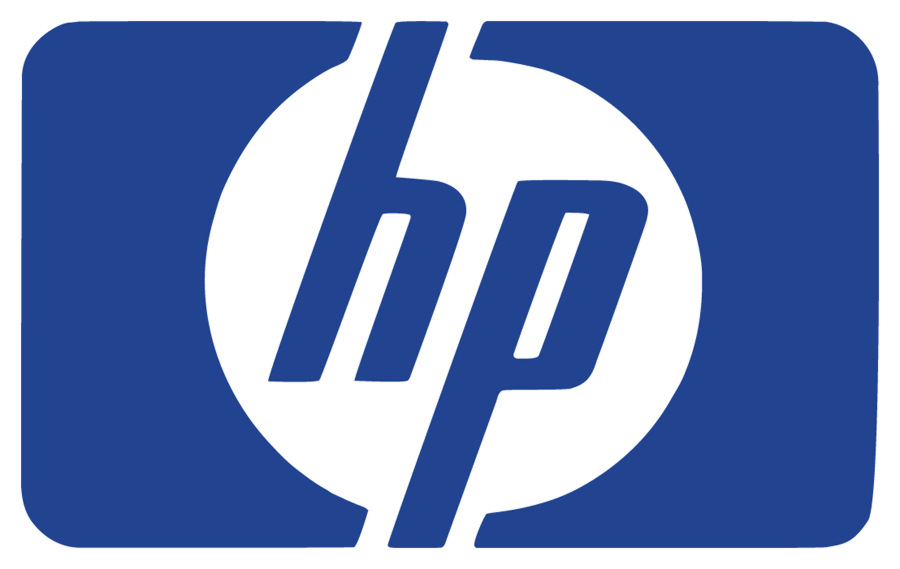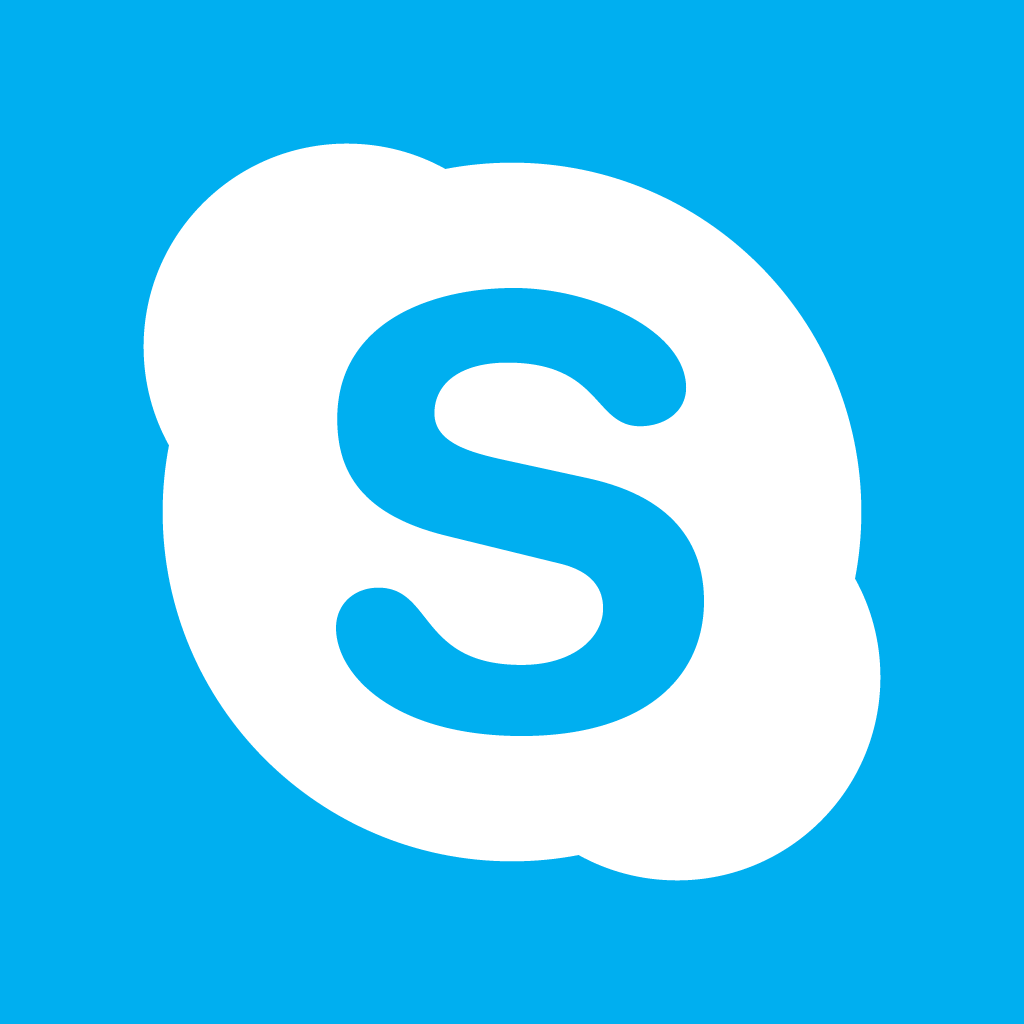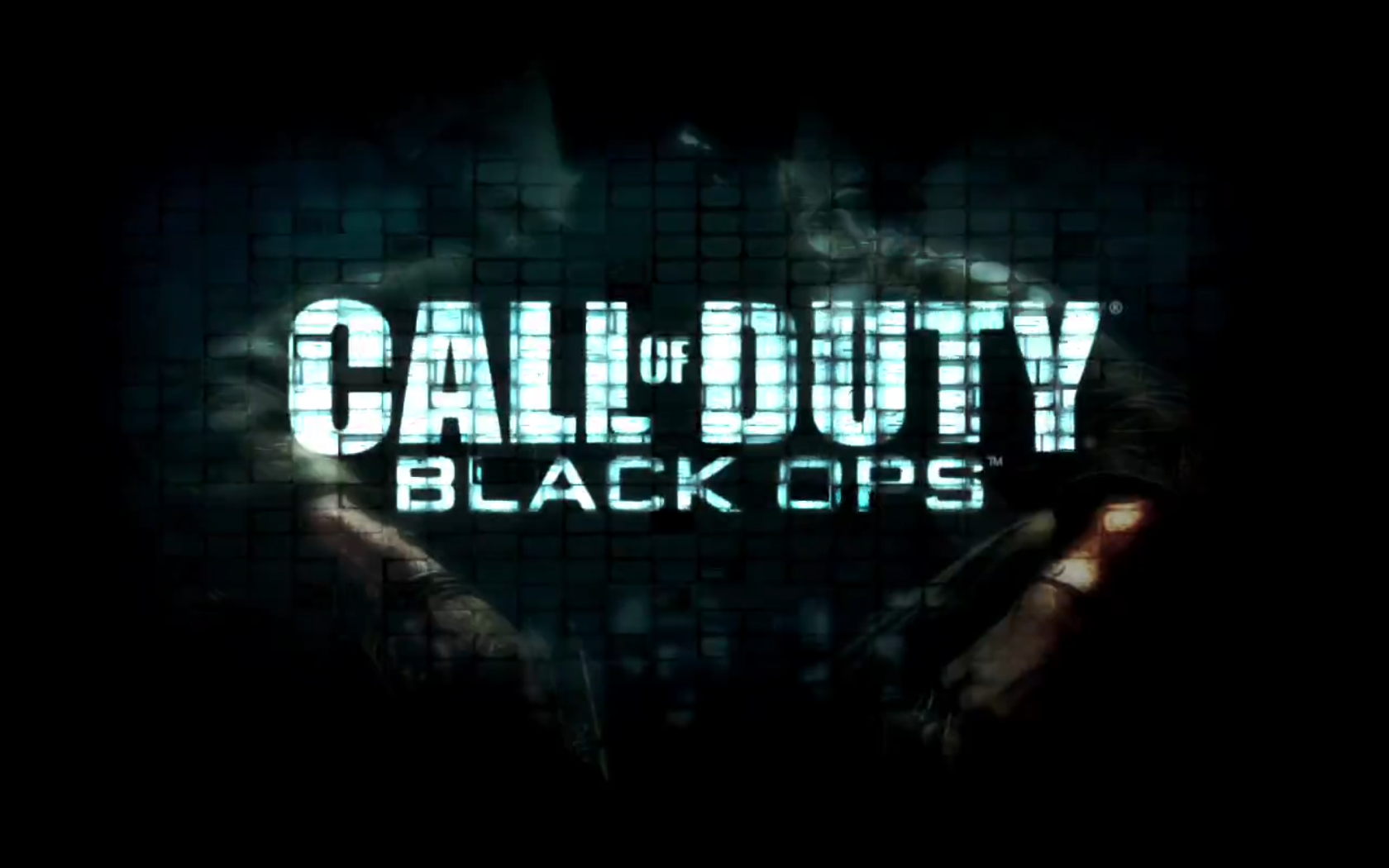This class has already been of great value to me and I am excited to apply the lessons I learned to "real life" as I start my full time job this July.
After working on the design thinking project for Target, I
really feel I understand how to cater research to certain participants to gain
insights. Before the class, I looked at more traditional forms as research,
like focus groups and interviews, as the best ways to gain insights. However,
our in class discussions, activities, and my experience in the project has made
me look at creating more out of the box forms of research. For example, my
group wanted to see how millennial moms expressed their love and trust, and who
they trusted most in their lives. I had seen a touching video that showed the
power of writing a thank you letter to someone you are grateful to and reading
it to them. I was able to adapt this idea for our group to use, and it truly
gave some great insights. We also got to think differently with our blogs, and
we were inspired to adapt some of those activities for our participants as
well.
The project and class also let me understand how to approach
an innovative project much better. Being a business student, it’s tough to get
out of the mindset that we need to make the decisions that will get us the best
ROI only. The reason I say this is because when the Target project was
introduced, I understood it as we wanted to find some innovative ways to help
them approach their most attractive customers or get them the most money. However,
when Walls told us to think of unique niches and create personas for people
that may not be the traditional Target guest, I saw our groups come up with
some awesome stuff. I enjoyed watching all the presentations and seeing the
innovative approaches we came up with for personas that were really different
from what I was thinking at the beginning. I think the idea of getting out of
the business comfort zone and looking to different ways to think creatively
will be really beneficial for me as I begin my career. I will be starting full
time at Target this summer, and I know this approach will be welcomed there.
I’m not sure if any part of the project was just not useful,
because I felt the project was structured very well and that I learned a lot.
If there was something I would improve, it would probably be the next steps
document. The reason is, for all the other parts of the project, we had a Phase
to turn in and time to really think about it and get feedback on it. I feel the
leave behind is extremely important too, so some more guidance and time on that
would have been useful.
I really loved my group in this class, so my experience with
the project was very positive. From the beginning, we all got along very well
and we were very involved with the project. We all had a lot of ideas,
opinions, and suggestions to contribute. I definitely think working with a
group made me like the experience a lot more, because the project was our baby,
and we all got to share it. We met often, and thought about different ways to
approach it. We took feedback we received and tried to make our project better.
We shared the disappointment of not getting more participants, and the
excitement in getting information and insights as well as creating our prototype.
Not only did having my group make the project more fun, it also contributed to
my experience in the class. We interacted with every in class activity and got
involved with the other prototyping exercises as well. Overall I feel I learned
a lot from the class and my group was a huge part of that.


















